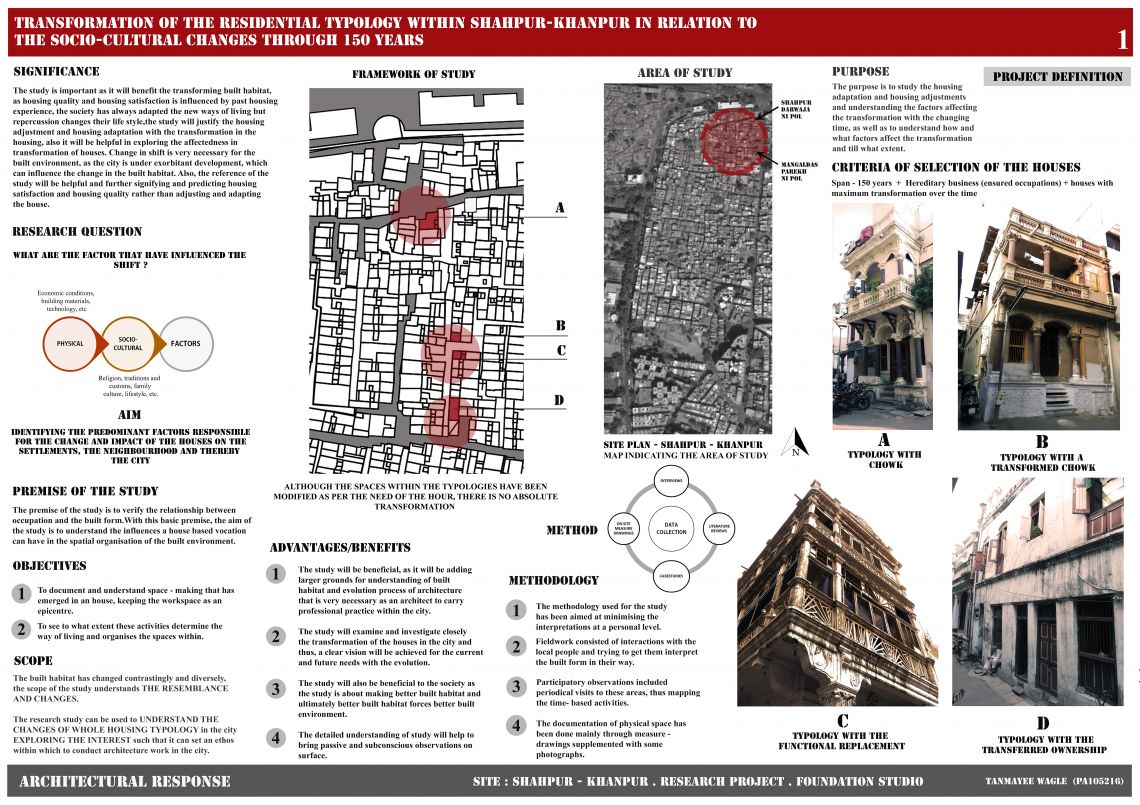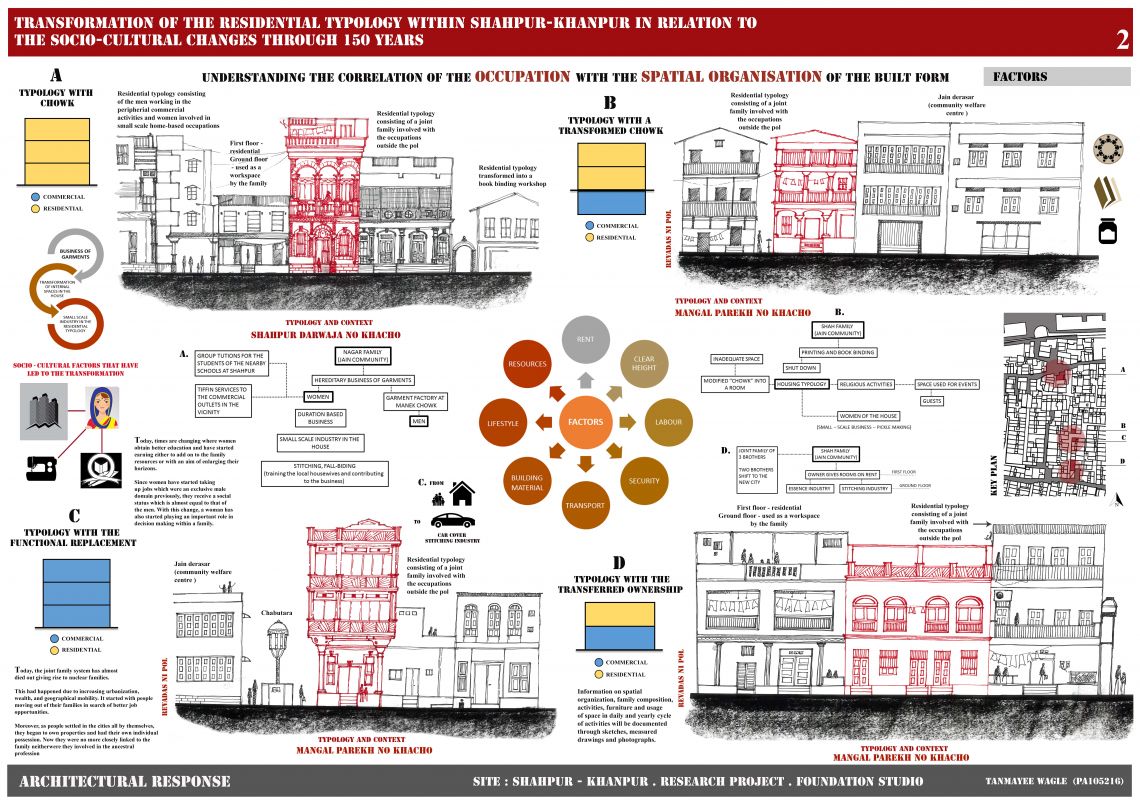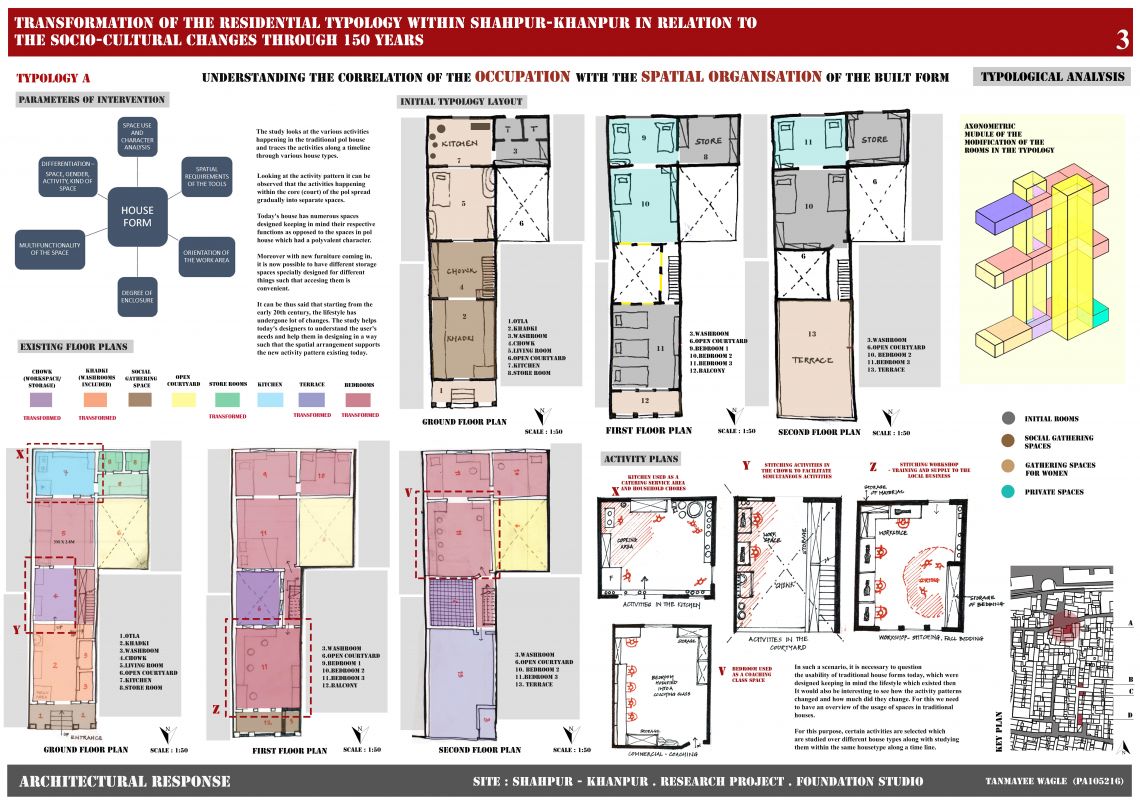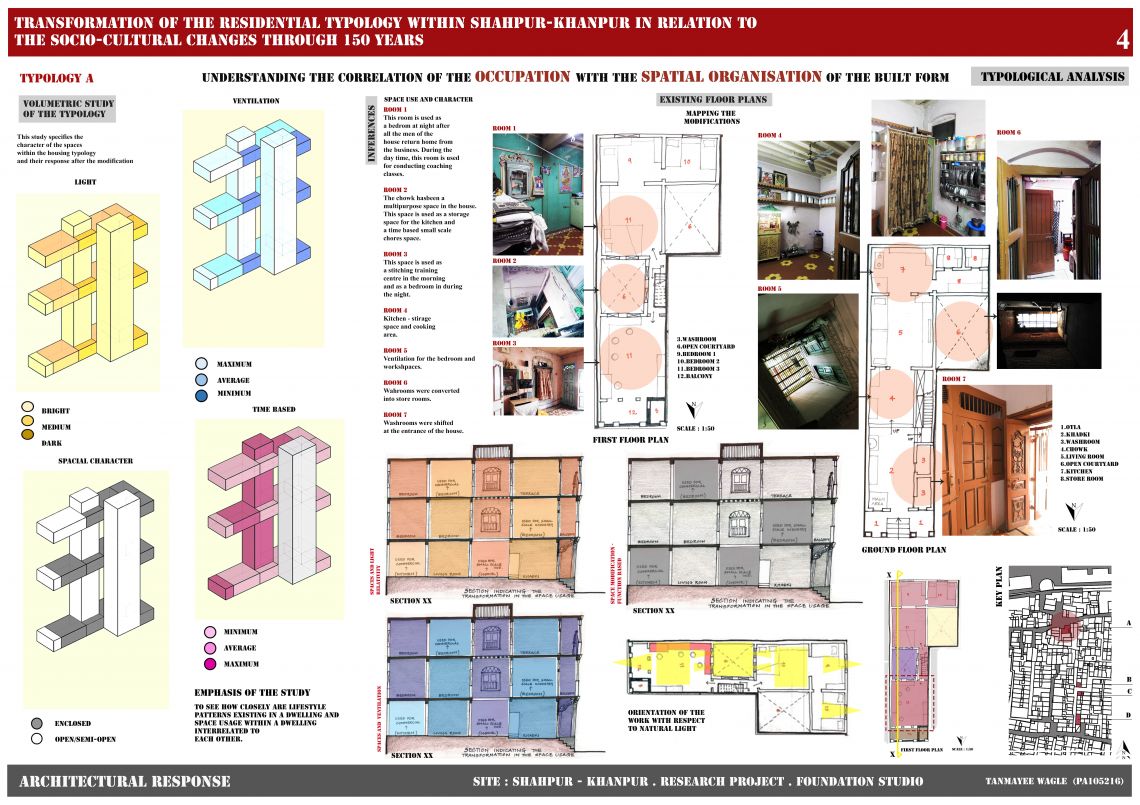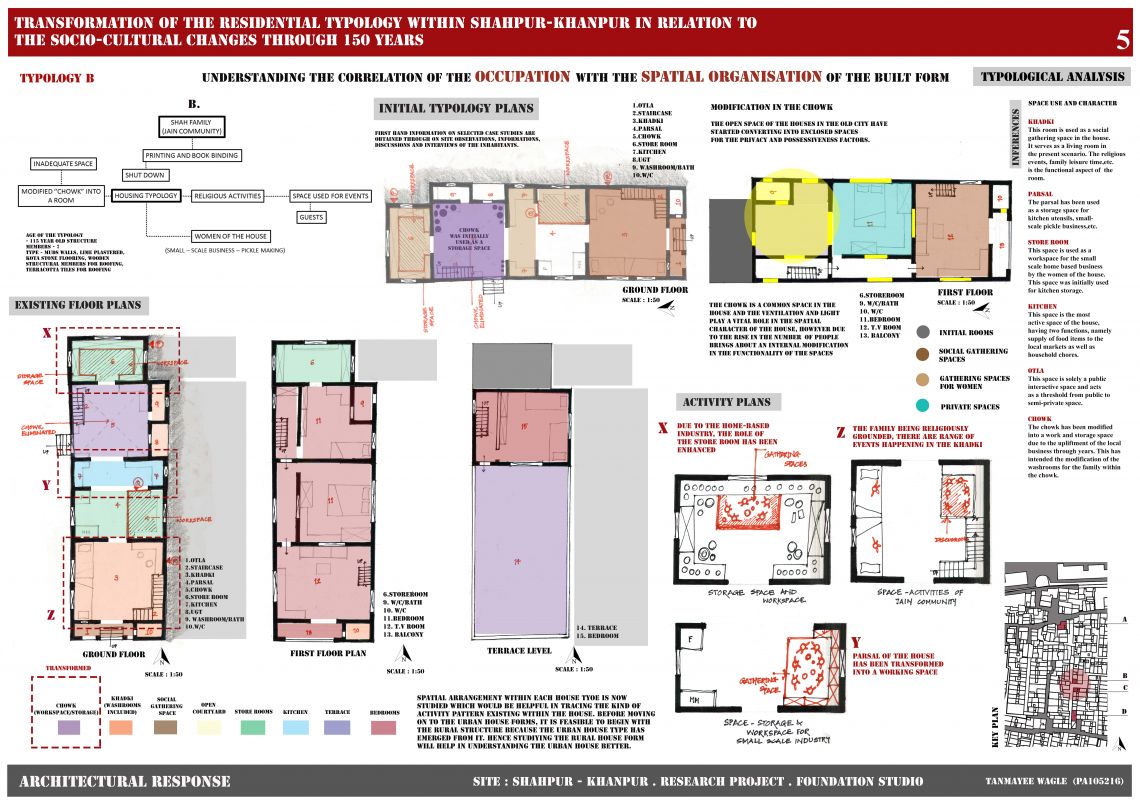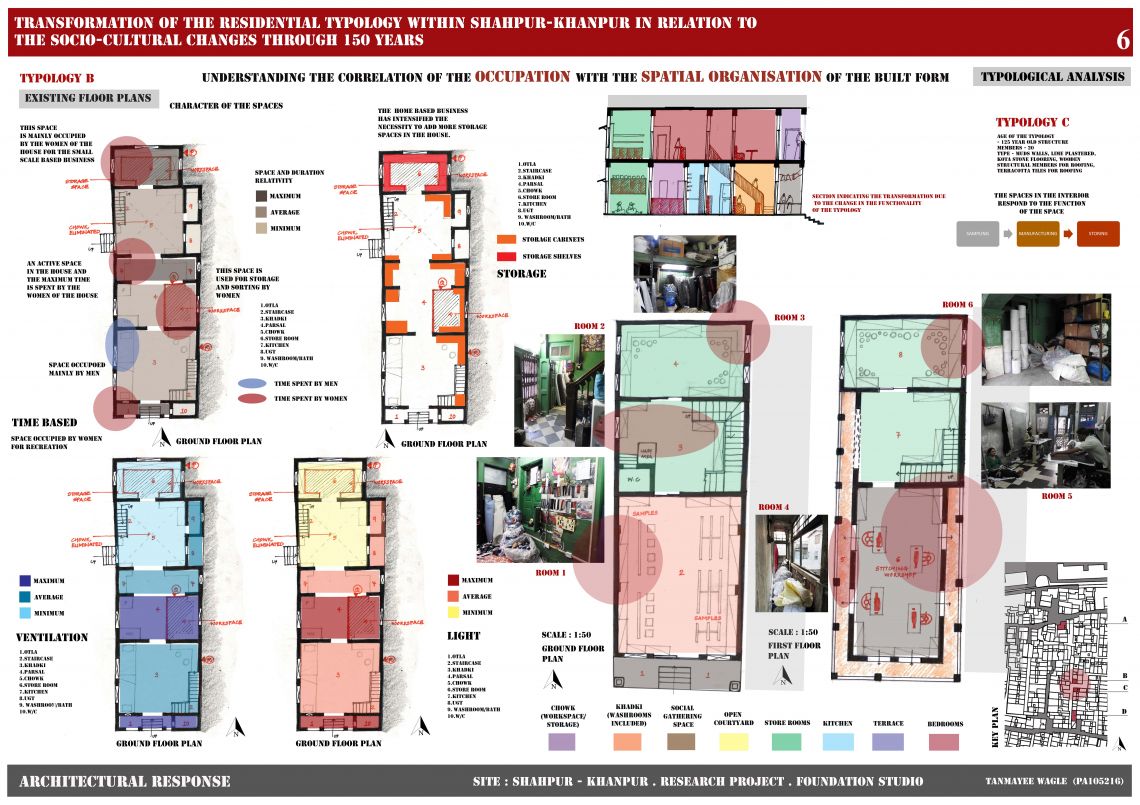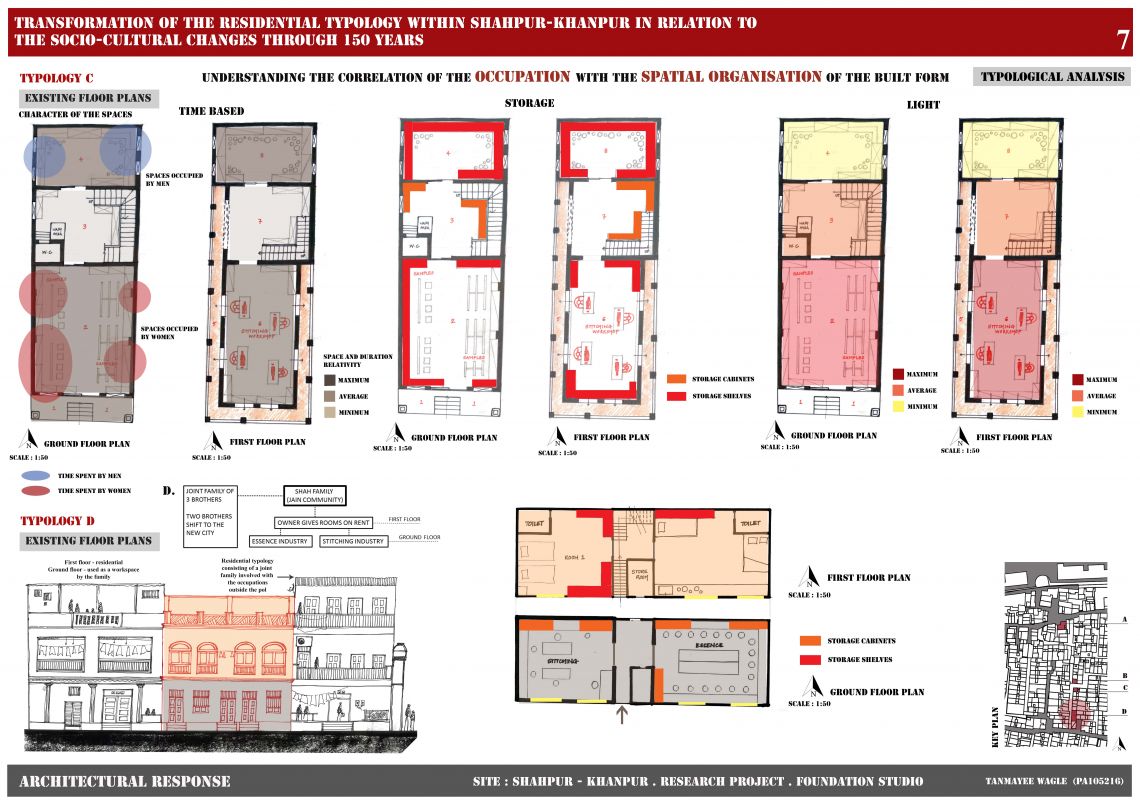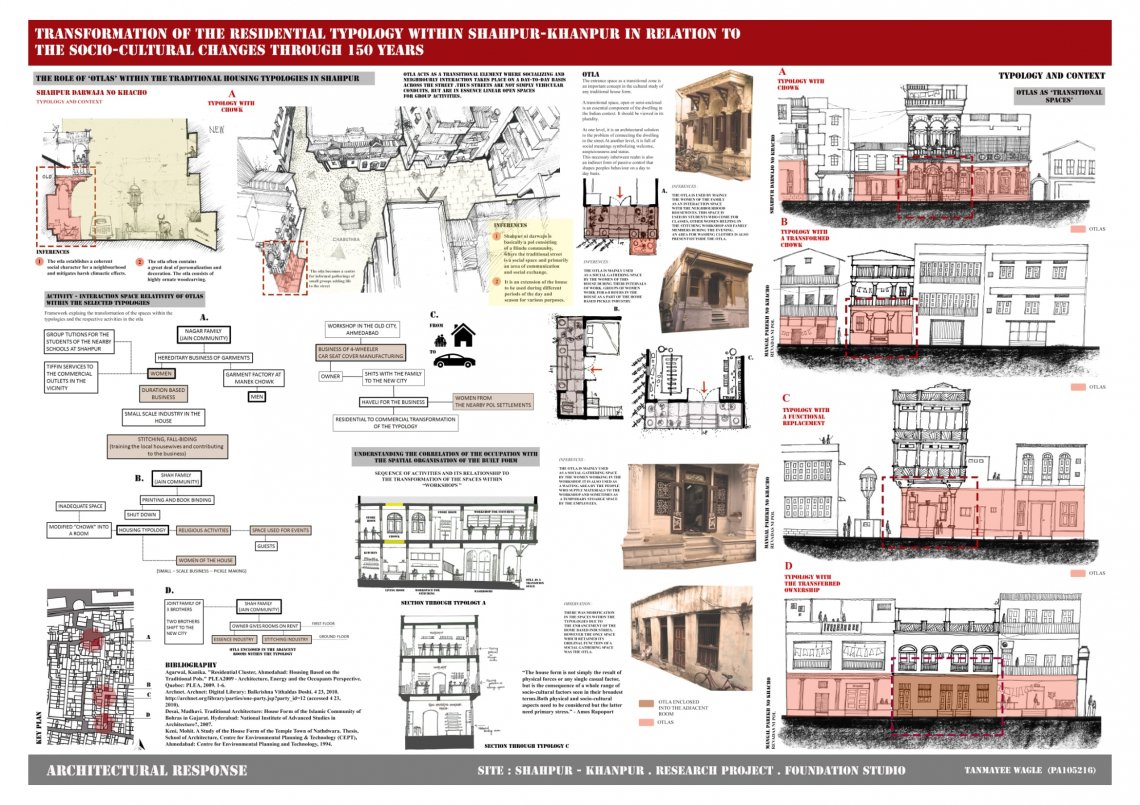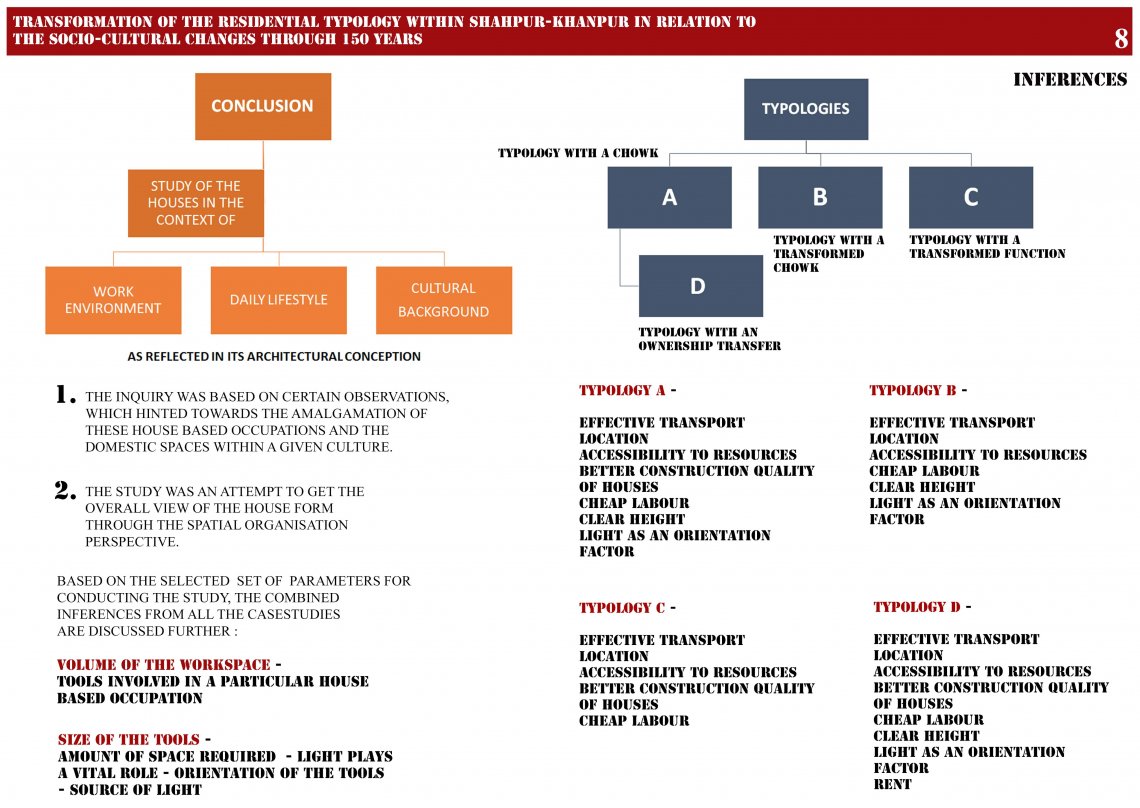Your browser is out-of-date!
For a richer surfing experience on our website, please update your browser. Update my browser now!
For a richer surfing experience on our website, please update your browser. Update my browser now!
The house types differentiate due to the changing socio-cultural structures at certain time intervals. Obviously the different political approaches are associated with this formation. The tendencies of the period affect the whole housing process noticeably. Not only the houses but also the city gains a new appearance. At first hand, the demands of the dwellers change parallel to the situation that they live in. They alter their preferences about the quality of house that they want to own as well as the location choices. On the other hand, the contractors change their business both in scale and quality according to country’s conditions. In this sense, not only dimensions, construction systems and materials of the houses but also spatial organizations in the residential buildings verify the social transformation in a society. It is known that any form created represents the ideologies of its time. It is produced regarding to reachable knowledge the environmental conditions, the available material sources, the construction methods and the techniques besides the current socio-cultural values. It is also valid for the house form. People purchase a house as an object that cover the physical and psychological needs and function as a social agent at the same time. They pay an important amount for the image considering the social comfort that houses provide. For this reason, the external look of houses should be in harmony with the trends and carry the related signs. The diachronic examinations of housing systems are useful to assess the correlations between residential buildings and changing social structures in successive periods. It is possible to detect the transforming spatial values and the related signs exhibited openly by the buildings. In this sense, the purpose of this paper is to argue on the interaction between different housing types and socio-cultural changes and to scrutinize the coexisting house types and the resulting plurality pertaining to form in the contemporary city. The evaluation of the past and the present situations will lead to a future prospect of housing areas in relation to transformations in the city.
